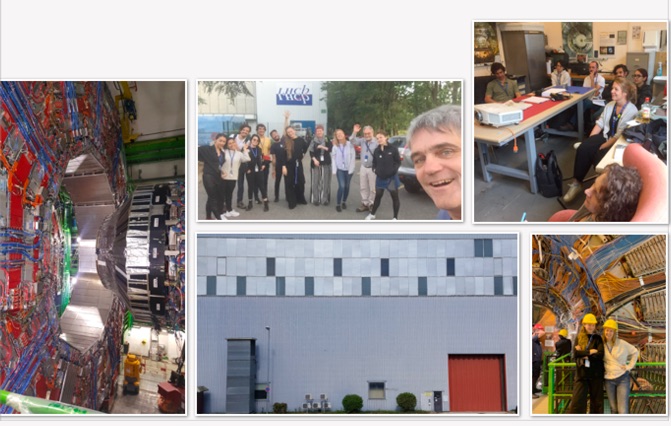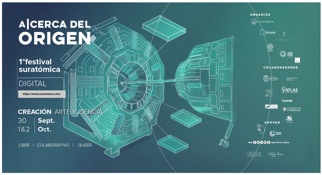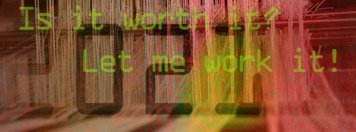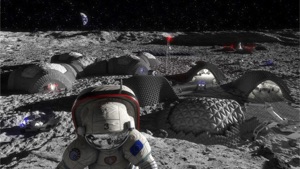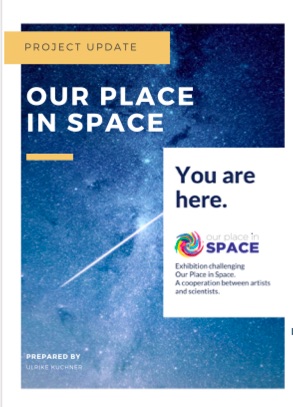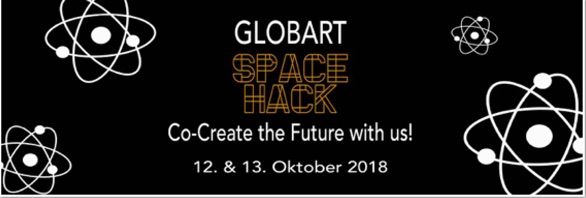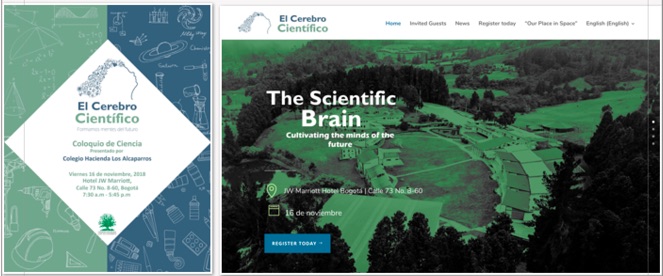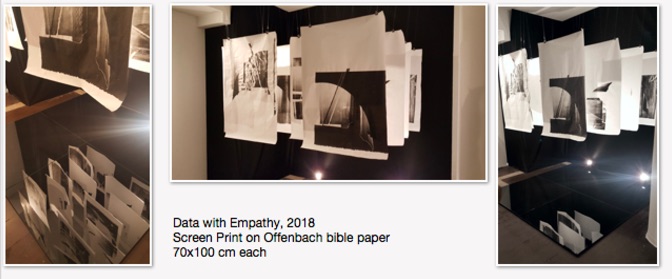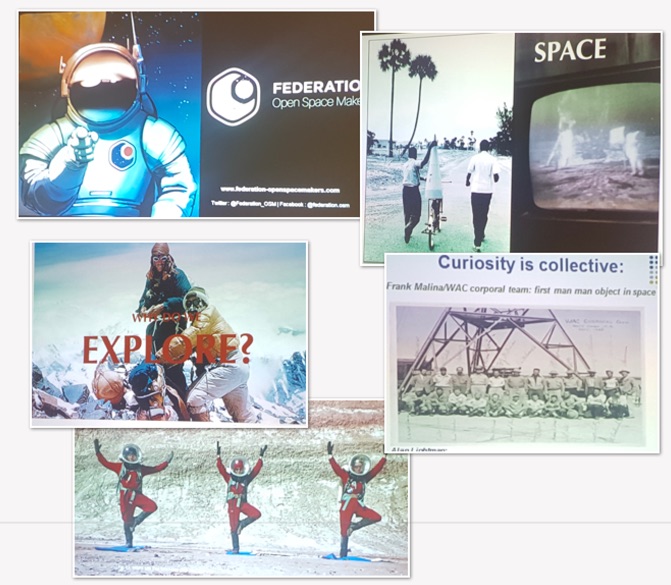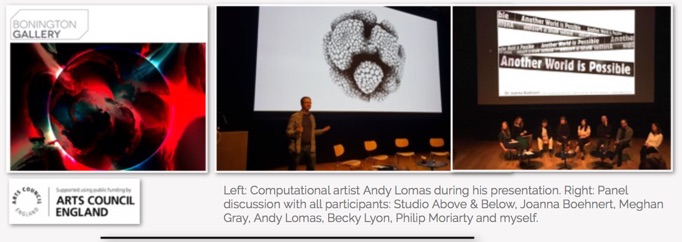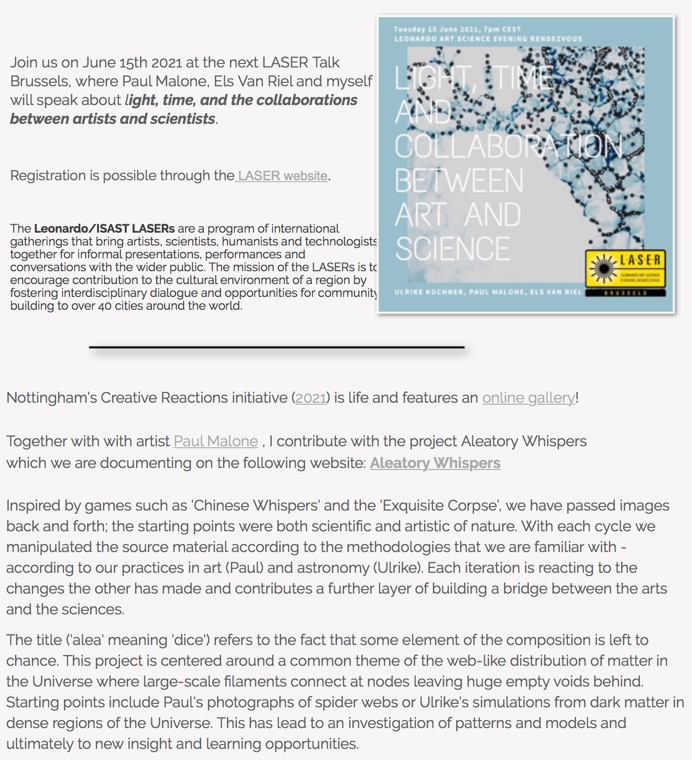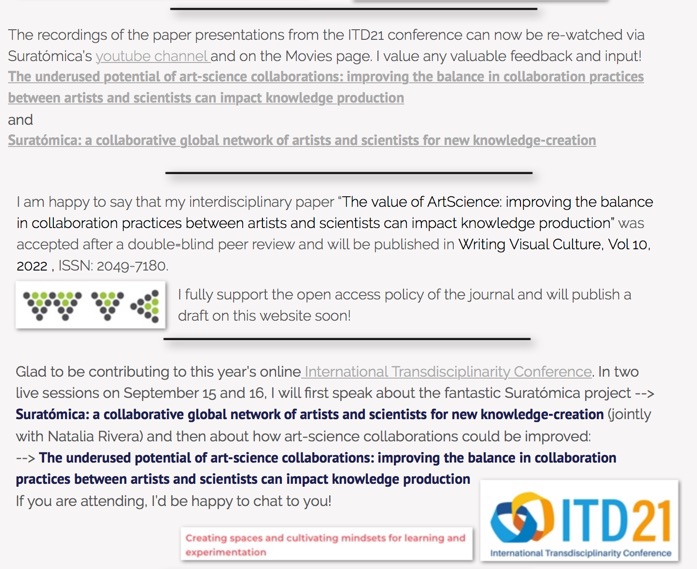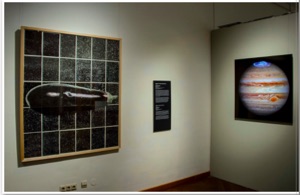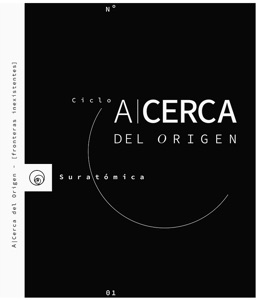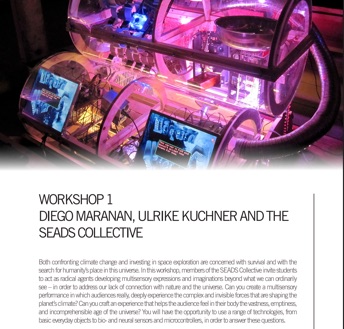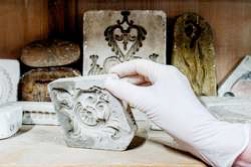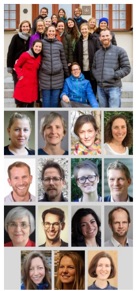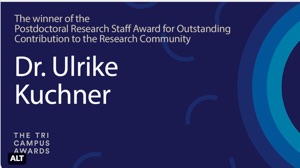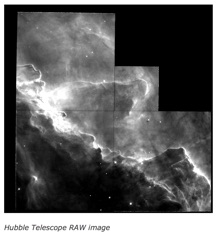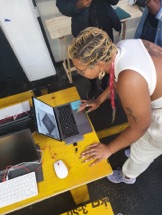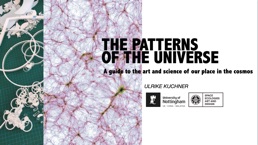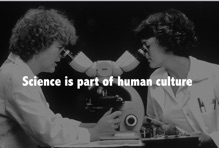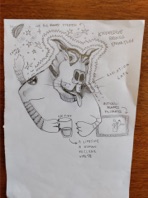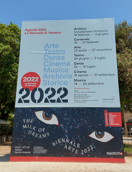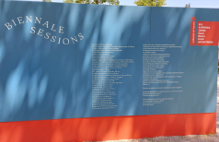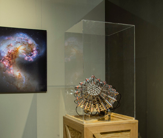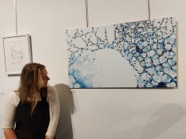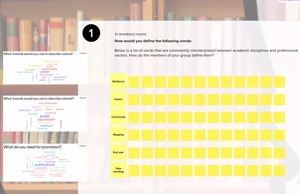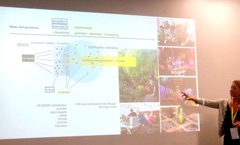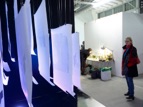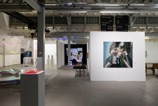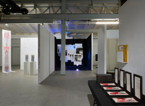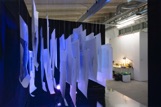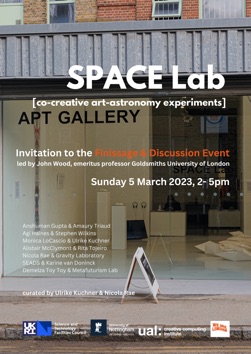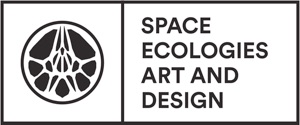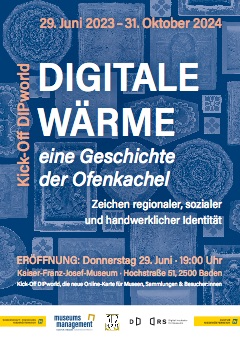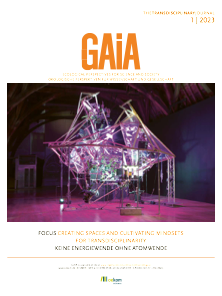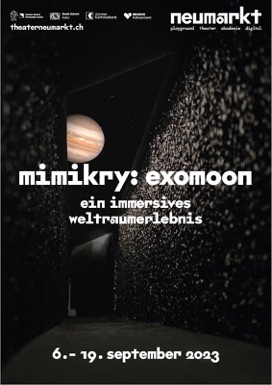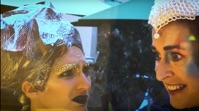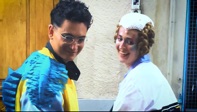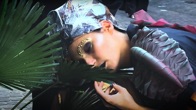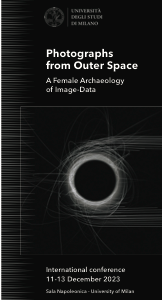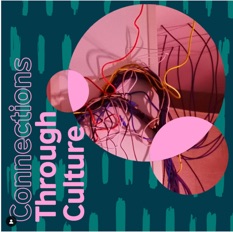Space Hack Days http://www.globart.at/space-hack/?lang=en
For the first time GLOBART is hosting a SpaceHack on “Clean Space” in cooperation with FH Wiener Neustadt and ESA BIC Austria, taking place on the 12th and 13th of October.
Programmers, scientists, designers, creators, technologists and anyone interested in space is invited. We want your ideas, your knowledge and your creativity. The topic “Clean Space” was chosen together with ESA. GLOBART opens up a platform for a 24-hours-long process. Help us figure out how to remove and prevent space debris and how to make use of green technologies in aerospace.
Who can participate?
You are a student or graduate? You are a trainee or an employee? You are finishing your dissertation or simply next weeks blog post? Your field of expertise is aerospace engineering, environmental design, architecture, computer science, engineering, resource management, design or even media art? Your expertise is required for future-oriented space research.
What is going to happen?
You have got an idea on greening up space but you simply lack the technical know how? You really want to help cleaning up space debris but you just don’t know where to start? GLOBART Space Hack operates as both, platform and process. You are welcome to bring your own idea and develop it in interdisciplinary exchange or get inspired by a given issue on “clean space”. Our mentors will provide you with all the necessary tools to turn your vision into an elaborated project proposal. And who knows, your project might become reality soon.
More information: http://www.globart.at/space-hack/?lang=en
